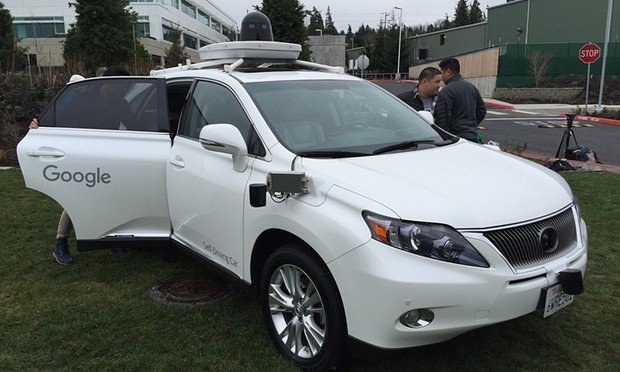
Google is set to expand its self-driving car project to Kirkland and Washington, cities that allows the company to test its driverless vehicles in a wetter environment.
The company has been conducting autonomous vehicle testing for six years in Mountain View, California, where it is based, and it expanded testing to Austin, Texas last year.
Rain is an issue for self-driving cars as it can reduce the range and accuracy of laser-based lidar sensors, obscure the vision of on-board cameras, and create confusing reflections and glare.
Advertisement
“We’re ready to give our cars more experience driving new environments, traffic patterns, and road conditions.” said Google.
“Kirkland is an ideal place to expand testing as it has a temperate climate, with seasonal rain for wet weather practice.
“The hills of the city will allow us to test our sensors at different angles and elevations. Testing in new cities enables our engineers to further refine our software and adapt to these different environments,” the company added.
The company is testing only one car at first, a modified hybrid Lexus SUV, but said that several of its smaller prototype self-driving cars may follow in the months ahead.
Advertisement
Jay Inslee, governor of Washington, supports the testing, in response to the statement issued by Google:
“We’re looking forward to seeing the cars on the road and understanding more about how self-driving cars might someday improve safety and provide traffic relief.”
Ford recently announced that later this year, it would expand its self-driving car testing program from the private streets to the roads around its office.
Google, which plans to introduce self-driving cars to the public by 2020, must test its self-driving cars in different weather conditions, traffic conditions, and terrain if it hopes to deploy these cars for widespread public use. Heavy rain, snow, and even mud can reduce visibility of sensors used on self-driving cars.
Google has a diverse selection of sensors, including radar that can see through incremental weather.
Advertisement
However the company must still test and teach the cars how to handle wet, slippery conditions. And because the company’s laser sensors are able to detect rain, it has to teach the cars to see through the raindrops and to continue to properly detect objects.
Although tech and automotive companies have made great strides in the past few years developing sophisticated self-driving software, the cars depend on both good weather and proper road markings to execute their autonomous ballet with other motorists, cyclists and pedestrians.


